The raging debate about comprehensive immigration reform is ripe ground to overhaul federal exclusivity in the immigration context and move toward a cooperative federal and state-local model. The proliferation of immigration-related ordinances at the state and local level reflects “lawful” attempts to enforce immigration law to conserve limited resources for citizens and legal residents. Although the federal immigration statutes contemplate state and local involvement, the broad federal preemption model used to analyze immigration laws displaces many state-local ordinances, resulting in frustration at the inability to enforce the community’s resolve that is manifested through violence against Latino immigrants. Broad federal preemption analyses alter the traditional scope of the states’ police powers, and set the stage for “brown sundown towns”— where Latinos are not welcomed.
This Note evaluates the preemption analyses used in Lozano v. City of Hazleton and Chicanos Por La Causa, Inc. v. Napolitano, and looks at the aftermath effects of the decisions at the communal level. It argues that the narrow preemption analysis in Chicanos Por La Causa strikes the correct balance between federal and state-local interests. A narrow approach better weighs state-local concerns and generates notoriety, which can incentivize action at the federal level. The Note then studies three scholarship models that balance differently the federal and state-local relationship in the immigration context. It posits that the narrow preemption approach can pave the way for the cooperative federalism model, and contain a new wave of sundown towns. As narrow preemption analysis considers state-local concerns, cooperative federalism addresses the reality that it is states and localities, rather than the federal government, which must incorporate immigrants into the communal fabric. Accordingly, this Note calls attention to the relationship between preemption analysis, practical reality at the state-local level, and how these two factors correlate with the creation of brown sundown towns.

